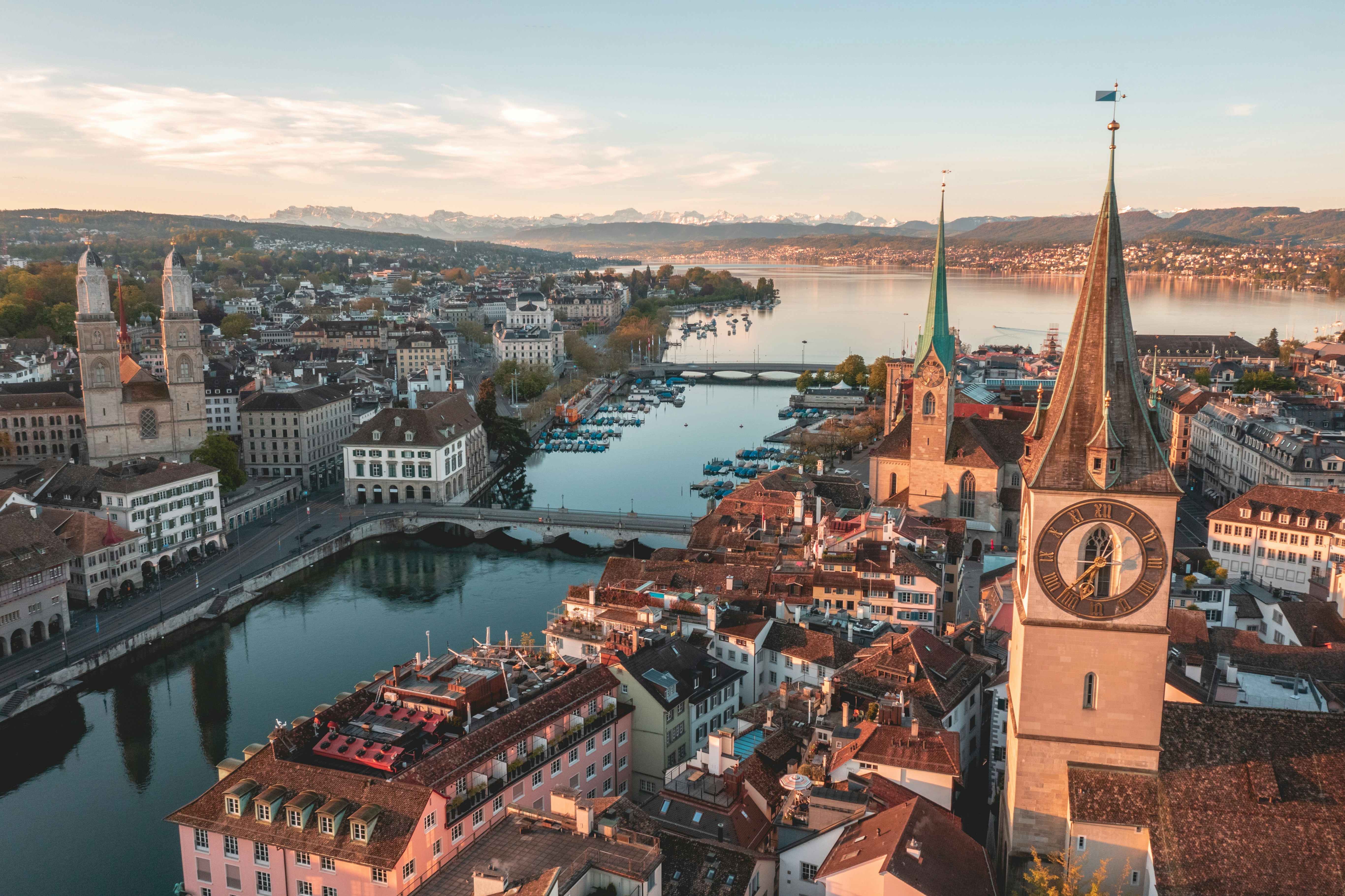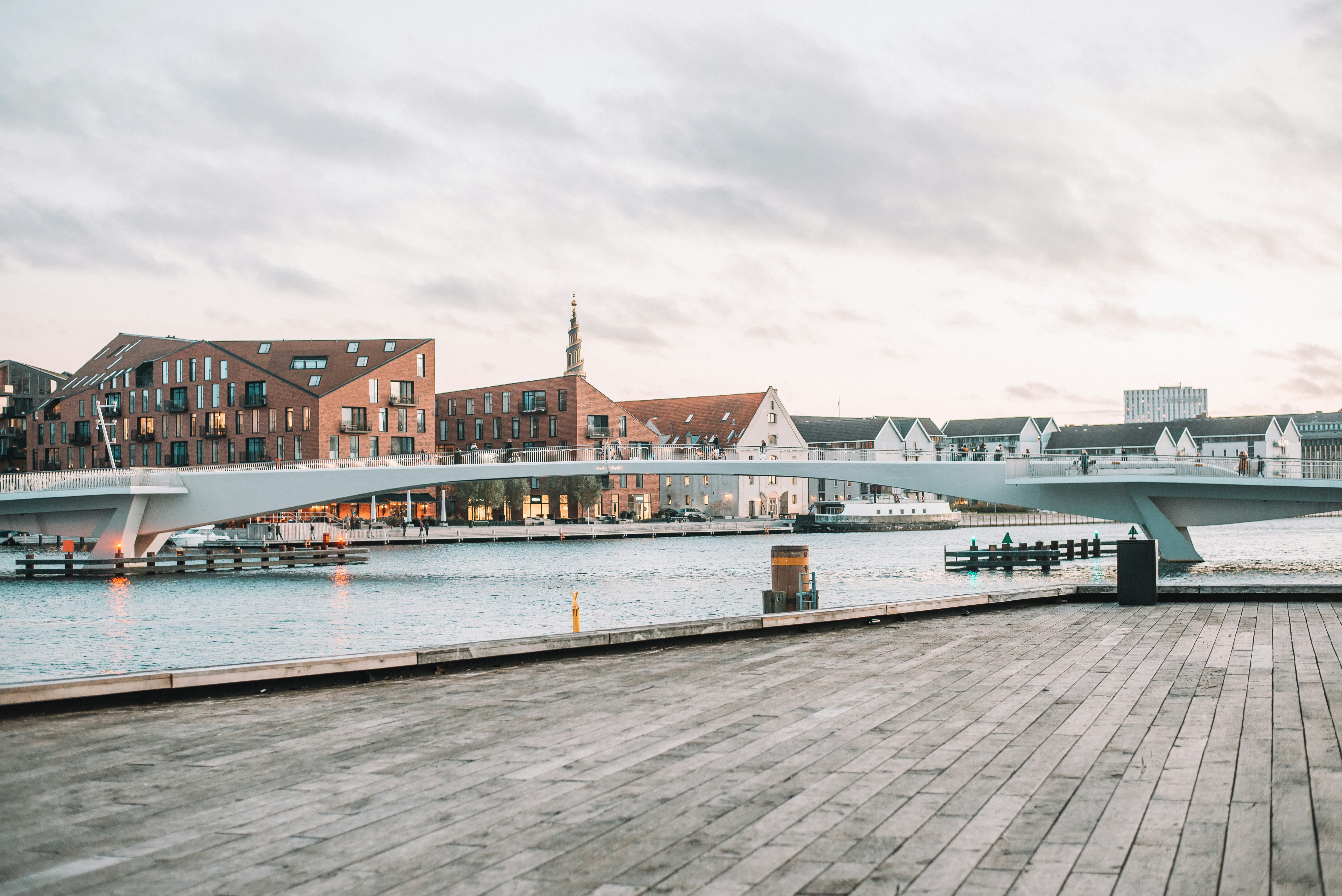
Top 5 smart cities in Europe
The Smart City Index is an annual ranking of the smartest cities compiled by the IMD World Competitiveness Center. The extent to which megacities are “smart” is determined by their residents. Each survey involves 15,000 citizens who are asked 39 questions about economic and technological indicators. Important factors include technology-based infrastructure, convenient public transportation, high-speed Internet, a business-friendly environment, new jobs, and the use of clean energy.
Zurich (Switzerland)

Zurich is home to about 2 million people who consider it an ideal place to live. The city’s development is based on a digital twin, a new technology that allows creating a virtual duplicate of physical objects and processes. This makes it possible to maximize the location of the infrastructure. About 600 trolleybuses, buses, and trams run in the metropolis, which are managed by the Intelligent Transport System. This centralized approach helps to avoid any disruptions in the schedule. Harmful emissions from public transport are minimized thanks to electrification.
Oslo (Norway)

The Norwegian capital is a constant headliner on smart city lists. Oslo is famous for its active fight against climate change and plans to become a carbon-neutral city by the end of 2030. Greenhouse gas emissions are reduced by street motion sensors that automatically adjust lighting depending on the number of pedestrians, cyclists, and vehicles. During construction in Oslo, chips are installed that control the heating and cooling of the premises. To encourage citizens to switch to electric cars, the city offers free parking and free access to charging points.
Copenhagen (Denmark)

The main city of Denmark is a leader among megacities that successfully reduce their negative impact on the environment. The streets are kept clean by a system of pneumatic garbage pipelines that allow waste to be moved through pipes and free the streets from garbage trucks. Half of the city’s residents are cyclists. To encourage the population to switch to eco-friendly two-wheelers, Copenhagen has taken care to improve the transport infrastructure. Traffic lights are adjusted to reduce the waiting time for those who ride bicycles. The bike lanes are equipped with indicators that warn about the phases of traffic lights so that people can speed up or slow down in time.
London (UK)

The UK capital has achieved amazing results in almost every aspect. Londoners use smart traffic lights, traffic monitoring systems, and payment systems for public transportation. The street lights automatically adjust their brightness as needed. Sensors are installed everywhere to collect data on noise, air and water quality. Every year, the number of energy-efficient buildings that reduce CO2 emissions is growing in the city. This smart city has managed to increase human capital by attracting programmers and young companies more than any other.
Amsterdam (Netherlands)

The leaders of this Dutch city are enthusiastic about implementing smart concepts. In Amsterdam, they use the technology of producing electricity from carbon dioxide. By 2025, it is expected to be the first zero-emission city in Europe. After all, the government plans to completely ban gasoline and diesel cars.
In many European cities, the future has already arrived. Ukraine is not yet a leading country in the implementation of the smart city concept. Most Ukrainian communities are only at the beginning of their digitalization journey.

